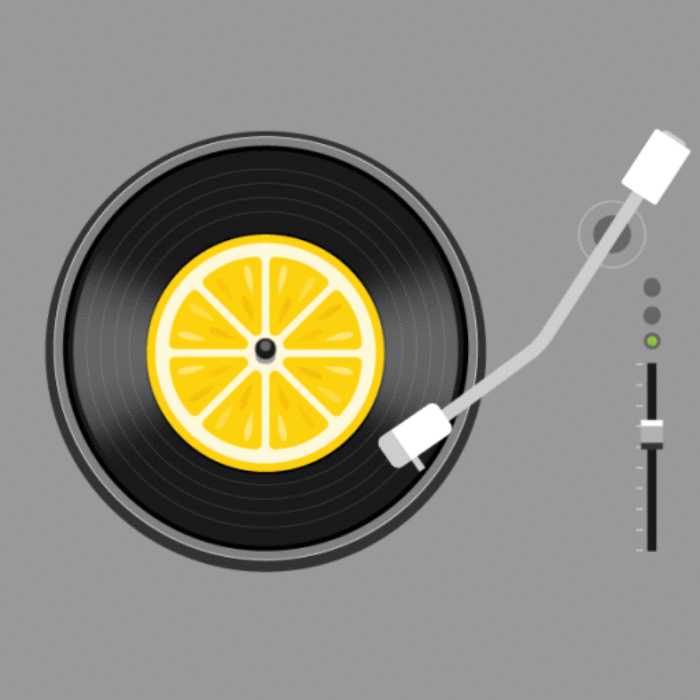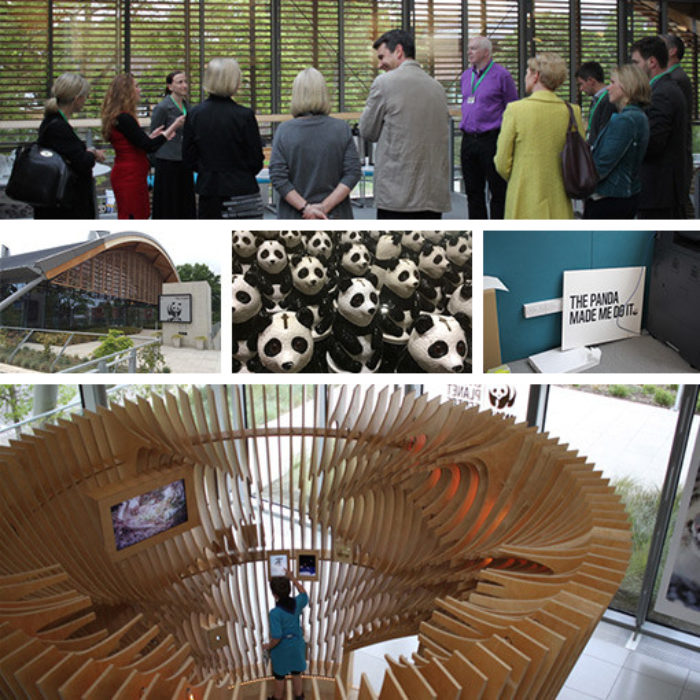Keeping your people safe and well
The Covid-19 pandemic has heightened our collective awareness of the health and wellbeing needs of our colleagues, customers and communities. From Covid-safe behaviours and facilities in the workplace, to new hybrid working arrangements, most organisations have further prioritised staff welfare.
Unhealthy statistics
However, despite this increased focus on wellbeing, the health and safety statistics for UK workplaces over the last two years continue to make sobering reading: according to the HSE1, 142 people were killed at work in the UK in 2020/21, with more than 51,000 injured. In addition, through the same year, 822,000 workers were suffering work-related stress, depression or anxiety, 470,000 were suffering from a work-related musculoskeletal disorder, and some 93,000 workers with COVID-19 believed they contracted it due to workplace exposure. In a typical year, the combined cost to the UK of worker illness and injury tops £16bn.
When it comes to the management of health and safety in the workplace, a recent report shows that 98%+ of UK establishments have H&S procedures documentation, >80% regularly discuss H&S at the top management level, and >78% regularly discuss H&S in staff/team meetings2.
The vast majority of business are doing the right things around employee welfare. However, with accident and incident levels still so high, is there a more effective way to drive safer behaviours, especially in light of more and more people returning to the workplace?
A behavioural solution
We believe that by taking a behavioural science approach to health and safety we can unlock new approaches to creating interventions and communications that are better aligned with human decision-making, and which enable people to make better safety choices, more easily and consistently. After all, as little as 5% of our decisions are made consciously, according to American neuroscientist and author David Eagleman; we are not the rational decision makers we like to think we are. Therefore, to influence behaviour effectively, we need to design our interventions to reach the non-conscious brain.
A great example of behaviourally-driven interventions, in a sector where health and safety is incredibly important, is the work we’re doing with Network Rail on multiple behaviour-focused safety programmes for colleagues and passengers. Programmes around colleague safety include:
- Helping to improve the network’s incident investigations process, through the application of a behavioural decision-mapping filter. This aims to streamline, simplify and boost the behavioural accuracy of investigations reporting, helping to identify the causal factors of incidents and accidents, and define associated remedial actions.
- Conducting behavioural observation research to diagnose and tackle in-the-moment barriers and biases that are working against colleague safety training.
- Taking a behavioural design approach to the network’s signalling function, in order to minimise potentially serious incidents that can occur when signalling planned and unplanned line blockages. Insight from mobile ethnographic observations of signalling staff resulted in the feedback of a number of opportunities to drive collaboration across the planning and signalling functions, and to improve the reporting system.
Programmes around passenger safety include:
- Analysing the underlying factors to customer slips, trips and falls at one of the UK’s busiest rail stations by using a discreet GoPro camera, and in-the-moment mobile ethnography from trained observers. The data highlighted most likely risks and locations of slips, trips and falls were to travellers with luggage, moving on and around escalators. From the gathered insight we identified the best touchpoints and techniques to persuade these passengers to choose the station’s lifts instead of its escalators. Recommendations included: potential options to make lift location and benefits signage more salient, and better pre-arrival priming of passengers, through ticketing and other communications.
All of this work demonstrates how the behavioural design process, and in-the-moment mobile ethnographic observations, can define the barriers, biases and motivations at play (often those previously unseen), and quickly identify the key inflection points for promoting desired behavioural choices in any workplace environment.
Learn more
To chat about taking a behavioural science approach to health and safety amongst your colleagues, customers or communities, or any other challenges around ensuring positive, lasting change, please drop me a line at: Amy.Burgess@corporateculture.co.uk
Sources:




